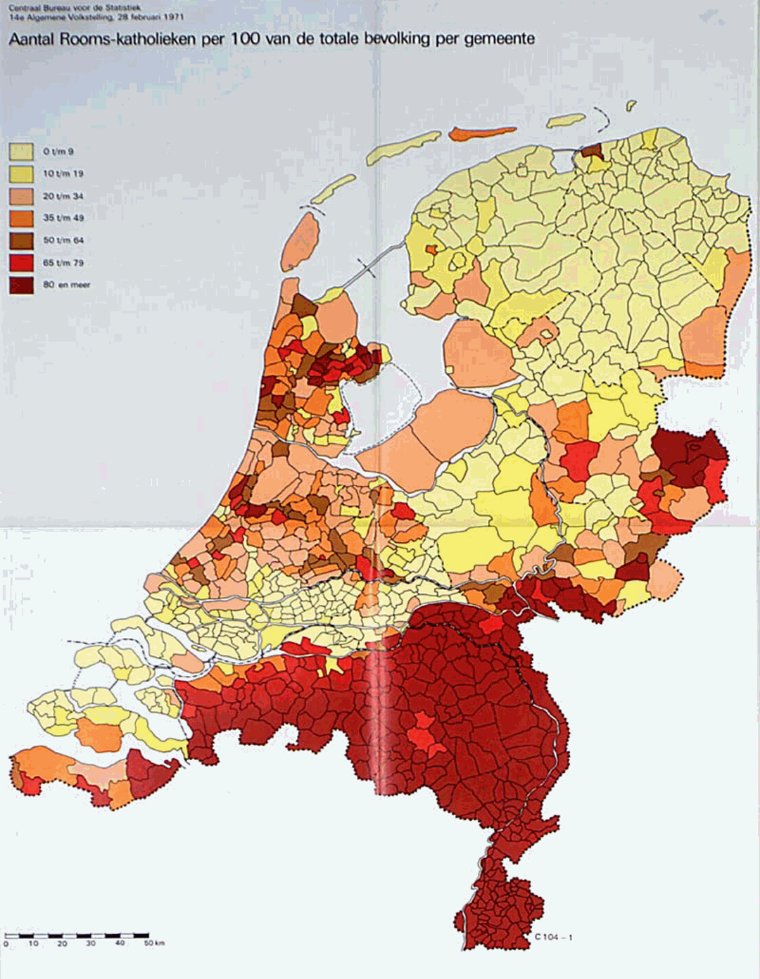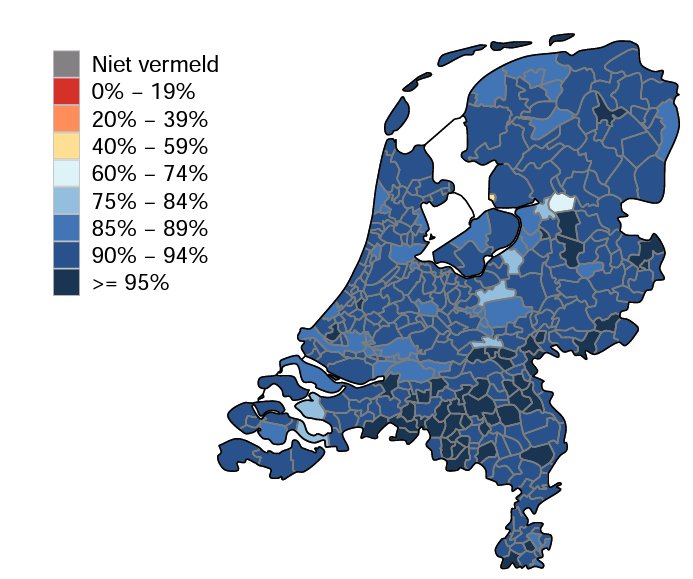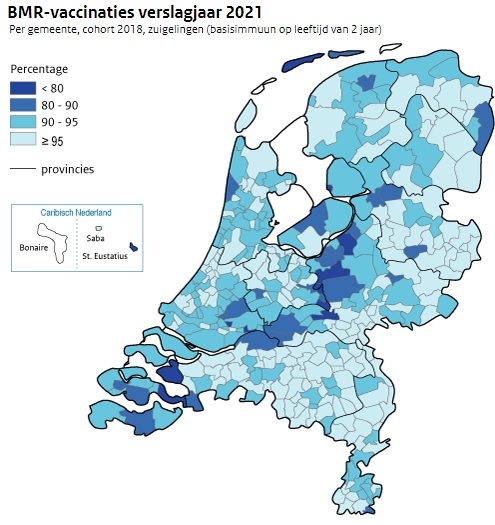
💡May be of interest for non-Dutch: a short explainer on the 3 sources of mortality data in the Netherlands🇳🇱.
1⃣ Total and excess mortality
2⃣ Reported deaths of C19 patients
3⃣ C19-deaths based on death certificates (filled in by MD)
@statisticscbs @GGDGHORNL @rivm
/Start 🧵
1⃣ Total and excess mortality
2⃣ Reported deaths of C19 patients
3⃣ C19-deaths based on death certificates (filled in by MD)
@statisticscbs @GGDGHORNL @rivm
/Start 🧵
1⃣ Statistics Netherlands: Total and excess mortality per week. Based on week-specific trends in 2015-19 (+95% CI), rescaled to fit yearly expected mortality (+long-term ageing trends, pop. growth): excess mortality if outside interval.
cbs.nl/en-gb/news/202…
cbs.nl/en-gb/news/202…

2⃣ RIVM: Officially reported deaths of COVID-19 patients (with lab-test) occurred per week. The actual number of deaths is higher than the deaths that are reported in the surveillance, because there is no mandatory reporting requirement for C19-death.
rivm.nl/coronavirus-co…
rivm.nl/coronavirus-co…

So, not all C19-deaths were tested nor reported. And these reports do NOT contain any info about the cause of death. CBS receives such information at a later stage via death cause certificates. The cause of death is known for all deceased persons up to and including August 2021.
3⃣ Statistics Netherlands published Cause of Death statistics, based on info of medical doctors. CBS publishes figures on this since 1899. The C19 outbreak presented CBS with a challenge that had not arisen since the Spanish flu. Explainer:
cbs.nl/en-gb/corporat…
cbs.nl/en-gb/corporat…
This takes time to compile! When a person dies, a post mortem is carried out by attending physician or locum or – if non-natural death cause is suspected – by a forensic physician. The physician fills in two forms: a death certificate and a cause of death form.
The undertaker then makes sure that these forms are submitted to the municipality where the person died. The municipality only processes the death certificate, which contains personal data, and registers that the person in question has died.
It then delivers this data to CBS in encrypted form, making sure the necessary safeguards are in place to ensure privacy. This enables CBS to obtain a reasonably quick overview of the number of people who have died and this provides a basis for calculating excess mortality.
3 types of mortality data per week in 1 graph:
1⃣ Excess mortality (EM, wk50)
2⃣ Reported deaths of C19 patients (wk 50)
3⃣ C19-deaths based on death certificates (wk35)
Untill now 3⃣ as high or much higher than 1⃣ or2⃣.
Recently, 1⃣ is really much higher than 2⃣.
1⃣ Excess mortality (EM, wk50)
2⃣ Reported deaths of C19 patients (wk 50)
3⃣ C19-deaths based on death certificates (wk35)
Untill now 3⃣ as high or much higher than 1⃣ or2⃣.
Recently, 1⃣ is really much higher than 2⃣.

Might be lack of official testing and reporting: cause of death data will help again to explain the large difference. Might also be effect of generally scaling back health care, although this normally does not peak like we observed.
Or, as recent EM especially among elderly and the very vulnerable care home population, who has been protected during many months (and no flu etc): Might PARTLY be 'normal' mortality among the most vulnerable during start winter season.
Detailed analyses with 3⃣ will help.

Detailed analyses with 3⃣ will help.


Cumulative numbers:
1⃣ Excess mortality (wk35: 19944; wk 50: 29334)
2⃣ Reported deaths of C19 patients (wk 35: 18078 50: 20674)
3⃣ C19-deaths, death certificates (wk35: 32114 (78% higher than officially reported).
1⃣ Excess mortality (wk35: 19944; wk 50: 29334)
2⃣ Reported deaths of C19 patients (wk 35: 18078 50: 20674)
3⃣ C19-deaths, death certificates (wk35: 32114 (78% higher than officially reported).

Cumulative numbers diff age groups:
1⃣ Excess mortality (wk 50)
3⃣ C19-deaths, death certificates (wk35)
Since start vaccination campagne, in which 80+ and care home pop. got vaccinated first, 1⃣ did not increase for long time. Among 65-80 yes, but 1⃣ = 3⃣ during that period.
1⃣ Excess mortality (wk 50)
3⃣ C19-deaths, death certificates (wk35)
Since start vaccination campagne, in which 80+ and care home pop. got vaccinated first, 1⃣ did not increase for long time. Among 65-80 yes, but 1⃣ = 3⃣ during that period.

Much more detailed information on the 3 different sources of mortality data in the Netherlands🇳🇱 on the Dutch coronadashboard.
coronadashboard.government.nl/artikelen/wat-…
/end
coronadashboard.government.nl/artikelen/wat-…
/end
• • •
Missing some Tweet in this thread? You can try to
force a refresh



















